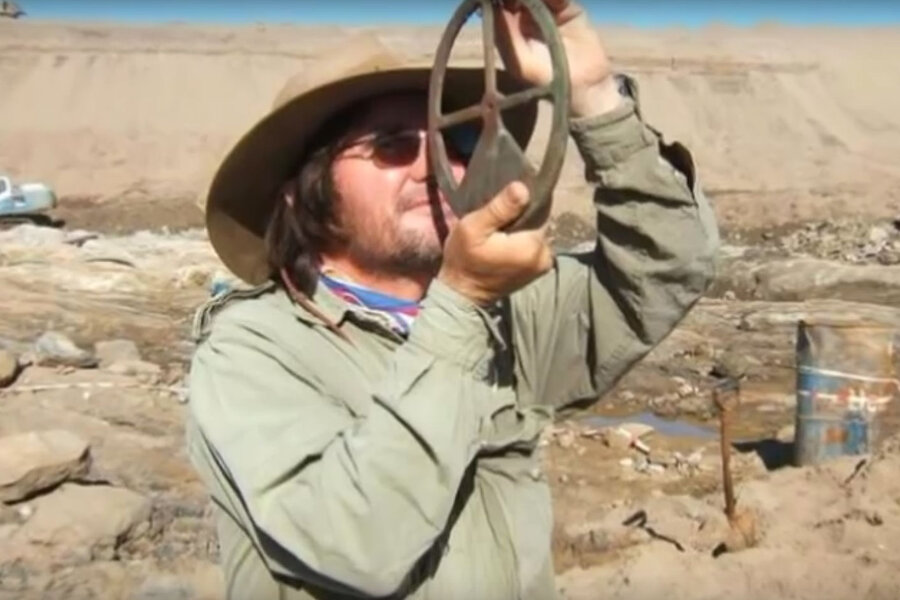Shipwreck miners hit gold – and something more exciting
Loading...
Miners on the coast of Namibia knew they had struck archaeological gold when they drained a coastal area and found a shipwreck at the bottom, but they did not expect any literal bounty.
Their search yielded $13 million worth of gold coins from Portugal's Age of Exploration, the contents of a treasure chest from one of the oldest and most significant shipwrecks off Africa's Skeleton Coast, reported Fox News.
The miners' discovery not only excites researchers studying the seafaring adventures of the 1500s, but also highlights the importance of different modes of discovery within archaeology.
The Namibian miners, who worked for the diamond company De Beers, knew to call an archaeologist when they found the ship, because one had been telling them for over a decade what to look for.
"Having first started doing archaeological work ... for the mine in 1996, I had at that point been preaching to them for a dozen years that ‘one day’ they would find a shipwreck, and to let me know when they do,” Dr. Dieter Noli from the Southern Africa Institute of Maritime Archaeological Research told Fox News.
In recent years, archaeologists have used everything from airborne lasers to satellites to infrared scans. Douglas Comer, president of ICOMOS International Scientific Committee on Archaeological Heritage Management, uses satellite images to explore archaeological sites in Sudan and South America.
Satellite analysis is "an incredible tool, comparable to [carbon-14 dating], but it’s a tool, and we have to learn how to apply this tool," Dr. Comer tells The Christian Science Monitor.
Technology is transforming archaeology, but cases such as Namibia's shipwreck highlight the human aspect to every find. Researchers had suspected a shipwreck in the area back in 2008, and Noli told the miners the shipwreck-rich coast – known to Portuguese seamen as 'The Gates of Hell' – would eventually yield something.
"When asked what exactly I was really expecting to find, I said ‘a Spanish sword and a bag of gold,'" he told Fox News.
In fact, the shipwreck yielded a treasure chest full of coins, several cannons, and a ship 200 years older than the oldest one found on that coast so far. It came from the Portuguese ship Bom Jesus, which set sail from Lisbon in 1533 and sunk en route to India, the Independent's Gabriel Samuels reported.
The ship went down with every sailor on board. What was a tragedy 500 years ago is now a priceless window into a changing culture, as archaeologists pore over the sailors' clothes, religious artifacts, and traces of food.
The clues into everyday life for "sailors on the cusp of opening up the known world" are the site's biggest find, archaeologist Timothy Insoll of Manchester University told the Independent.
"While it is of course the gold that grabs the headlines, the other items found on the ship are potentially even more exciting going forward," he said.
Human excavation and work continue to go hand-in-hand with technology. Many archaeologists are excited about what the new tech can help them do, but they are also talking about guidelines to help navigate new paths in the field.
"This is the way life is – you come up with something new, and then you have to think about the implications," Comer says.








